Archive
2022
KubaParis
Real Things, However Strange
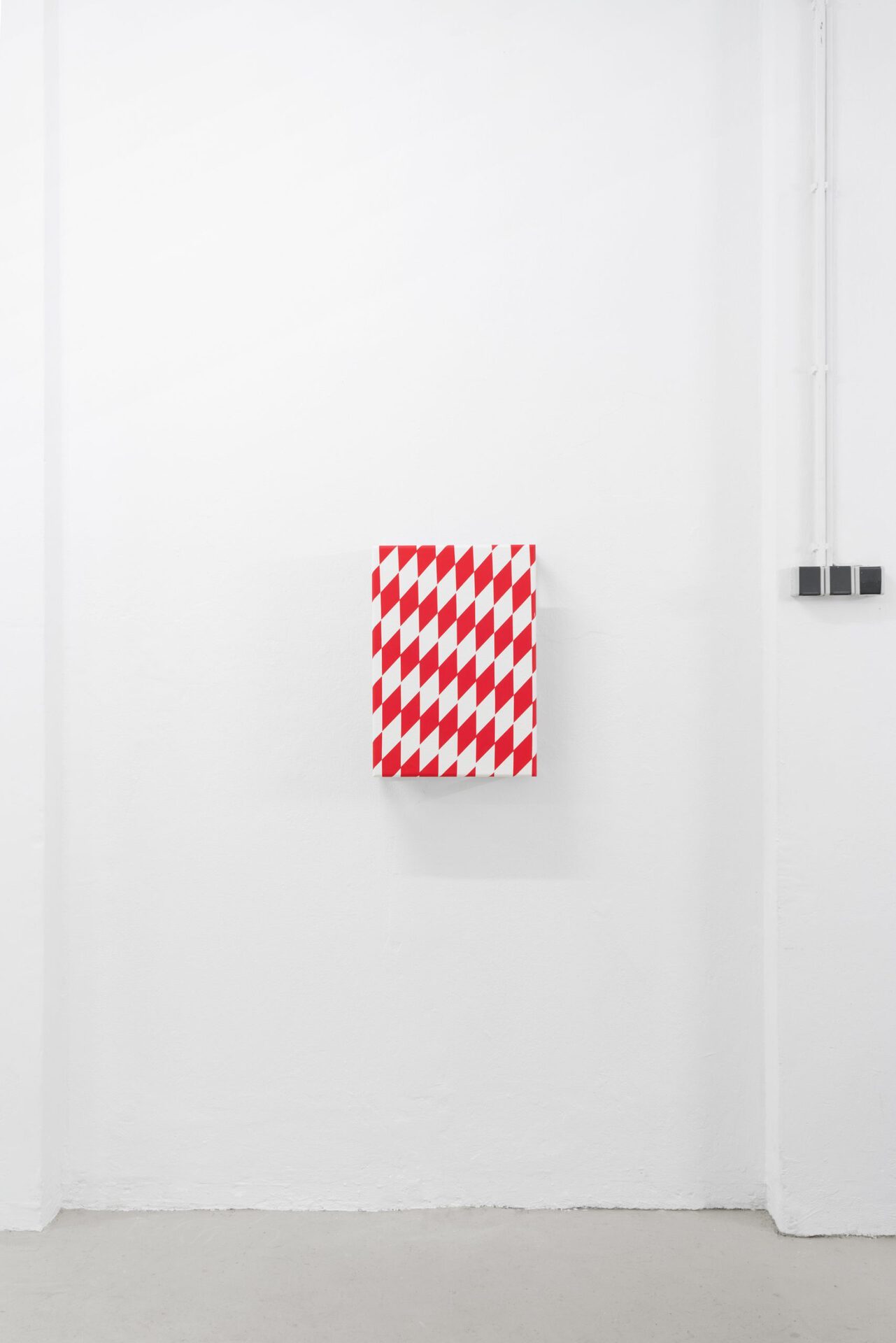

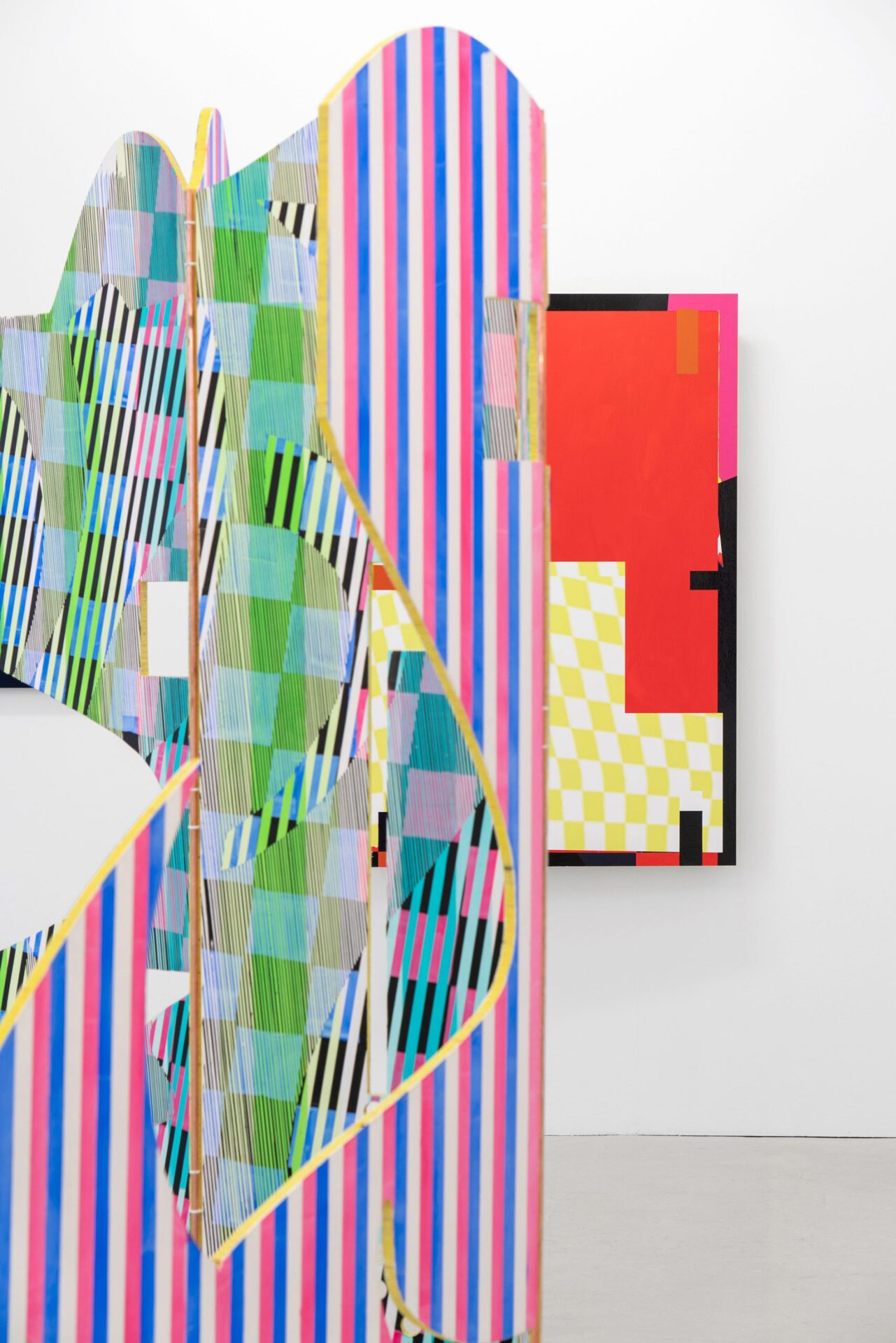
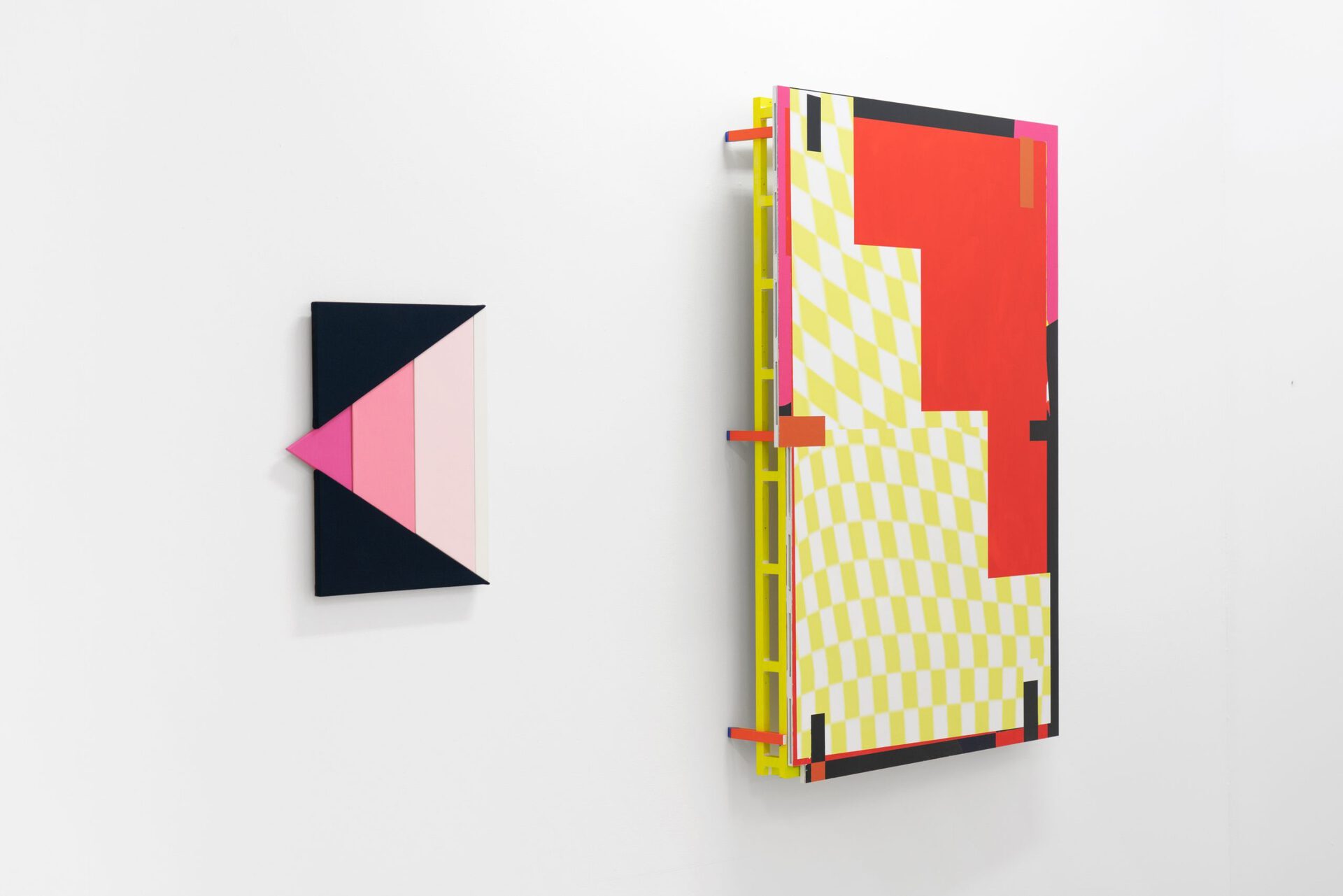




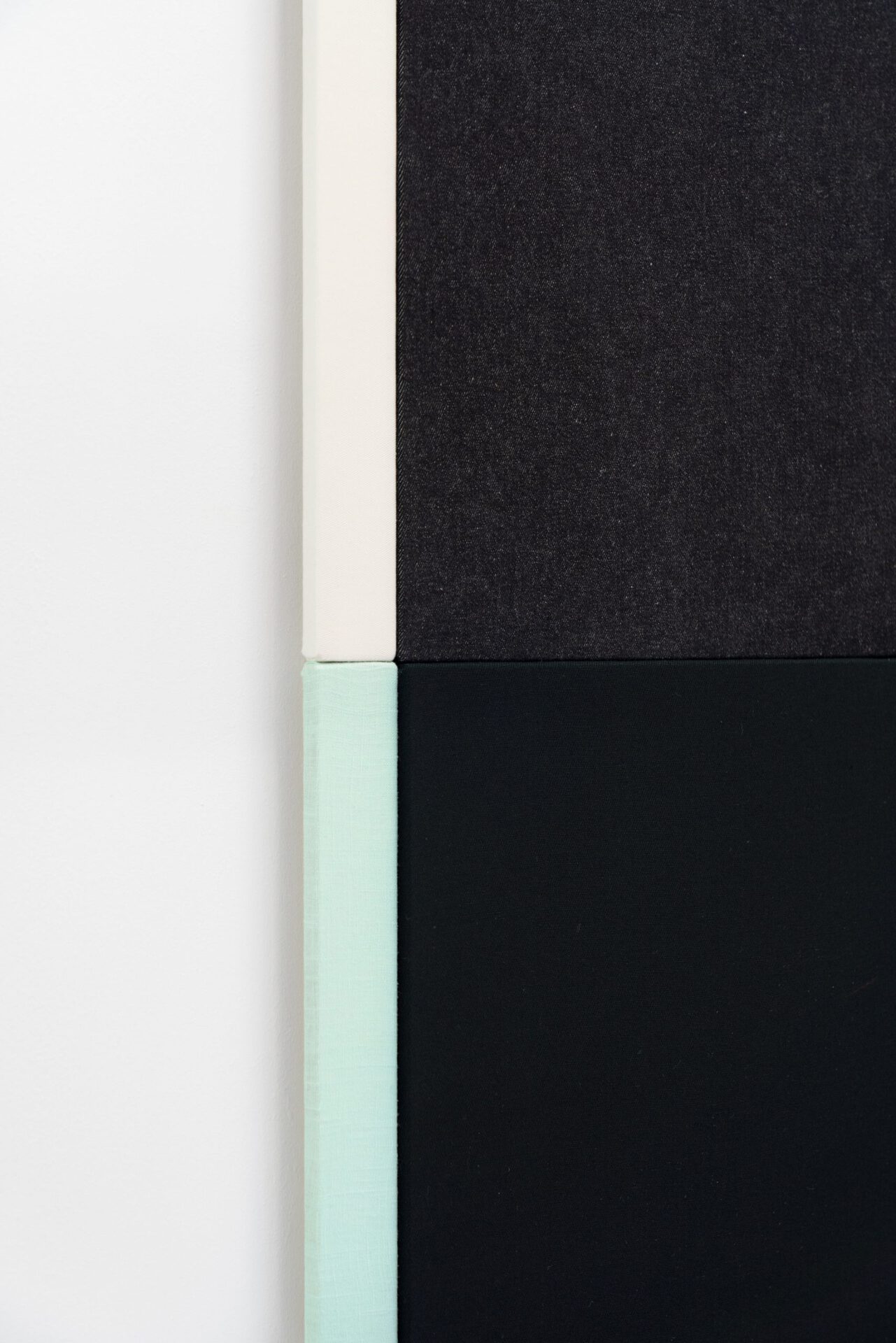
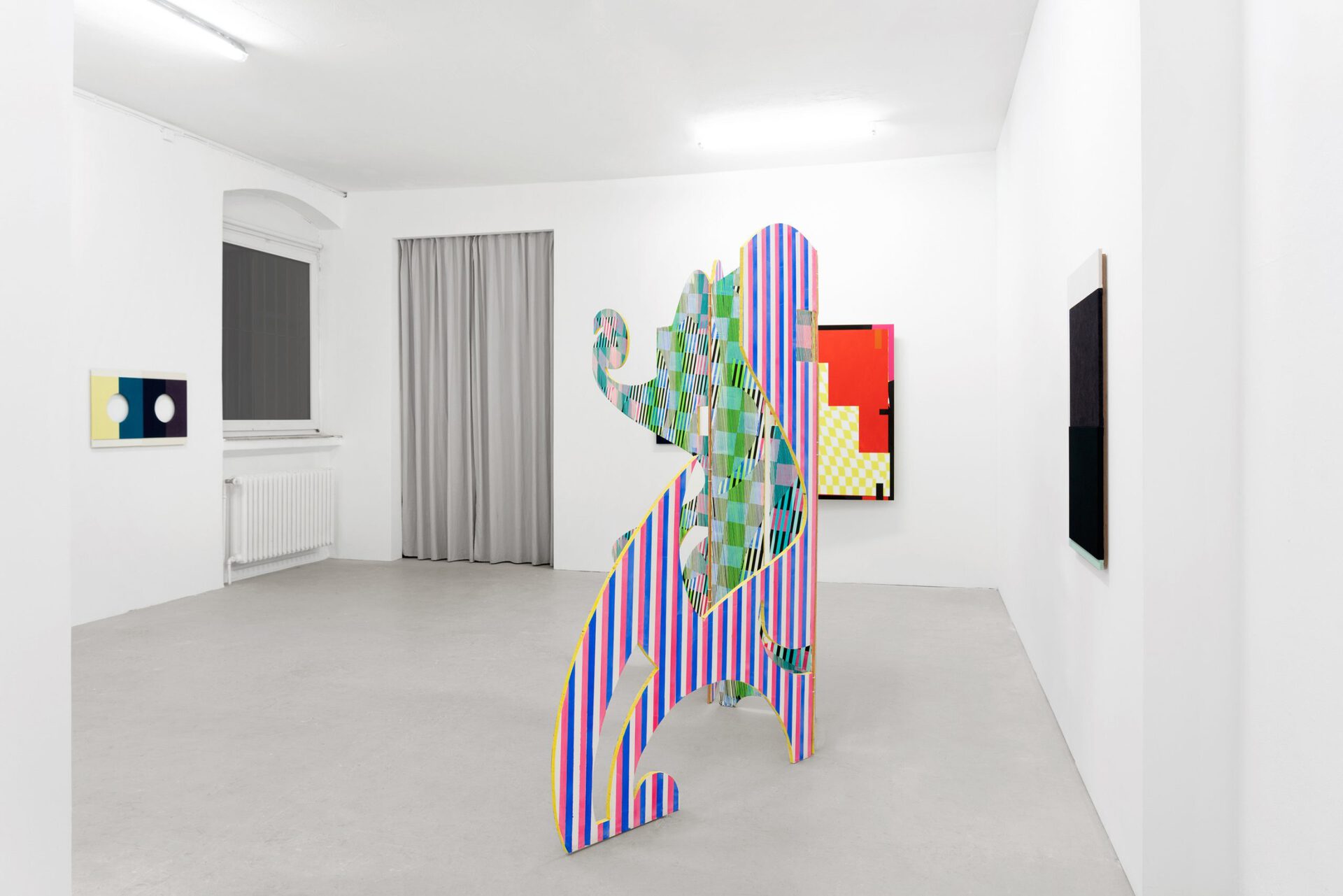
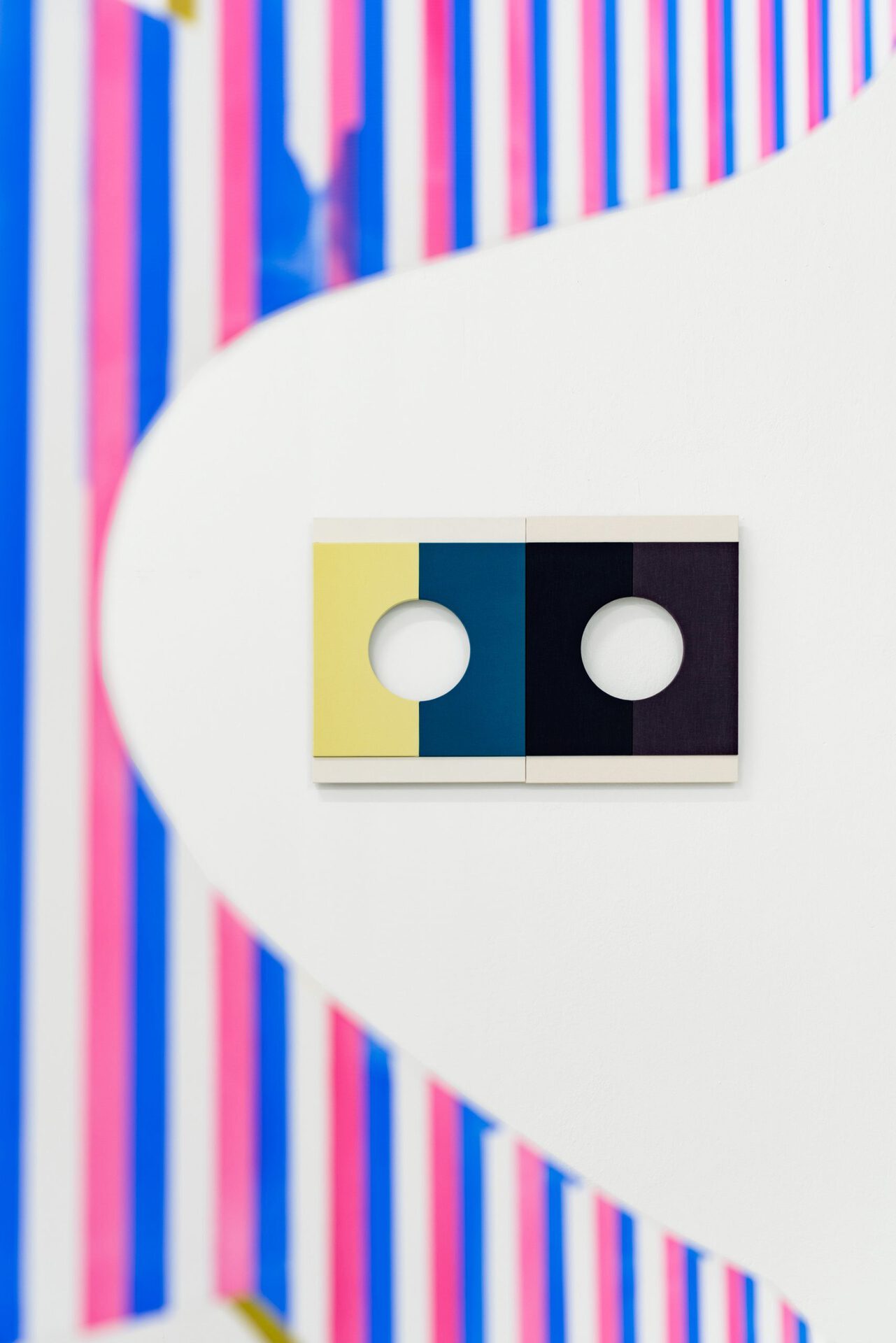
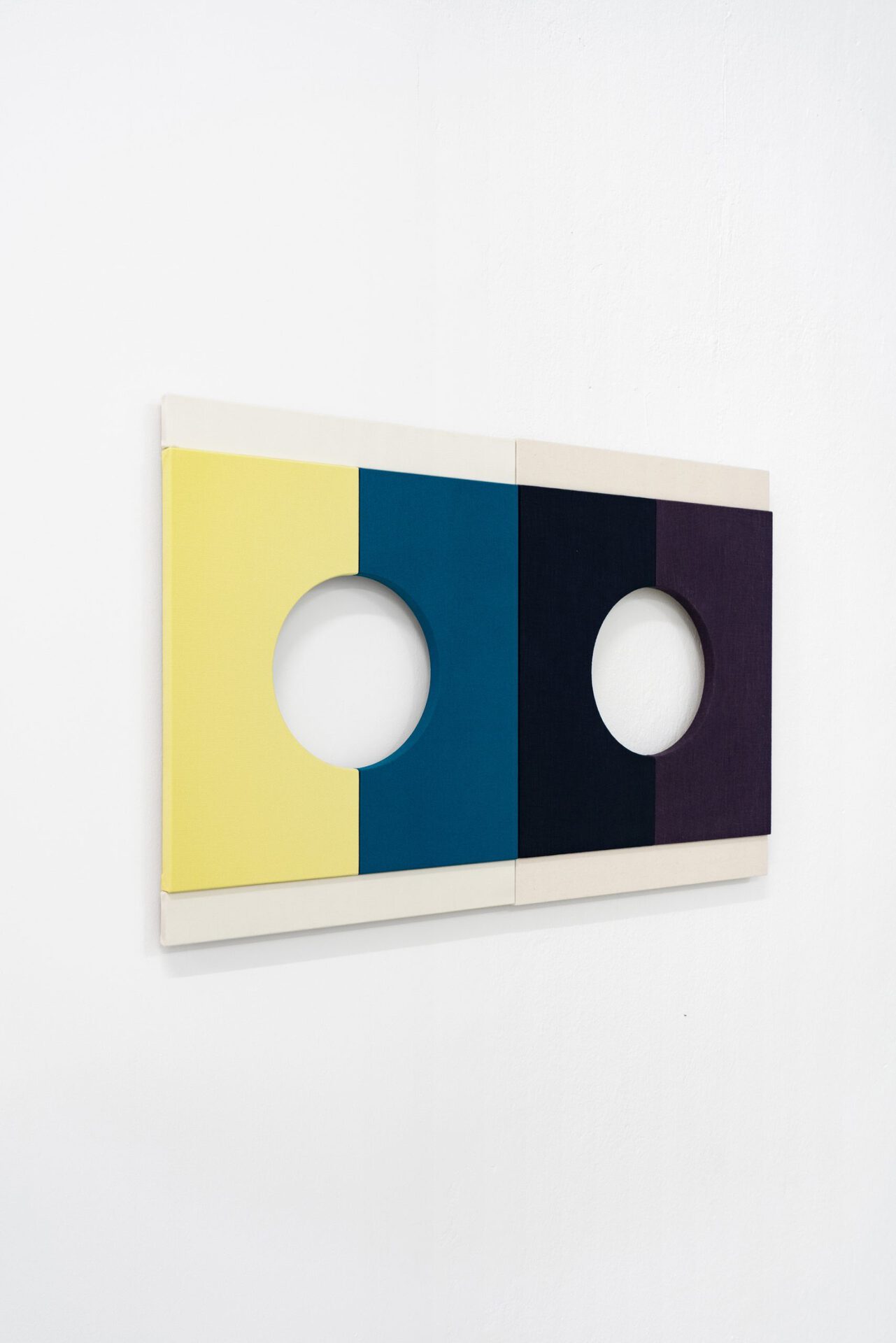

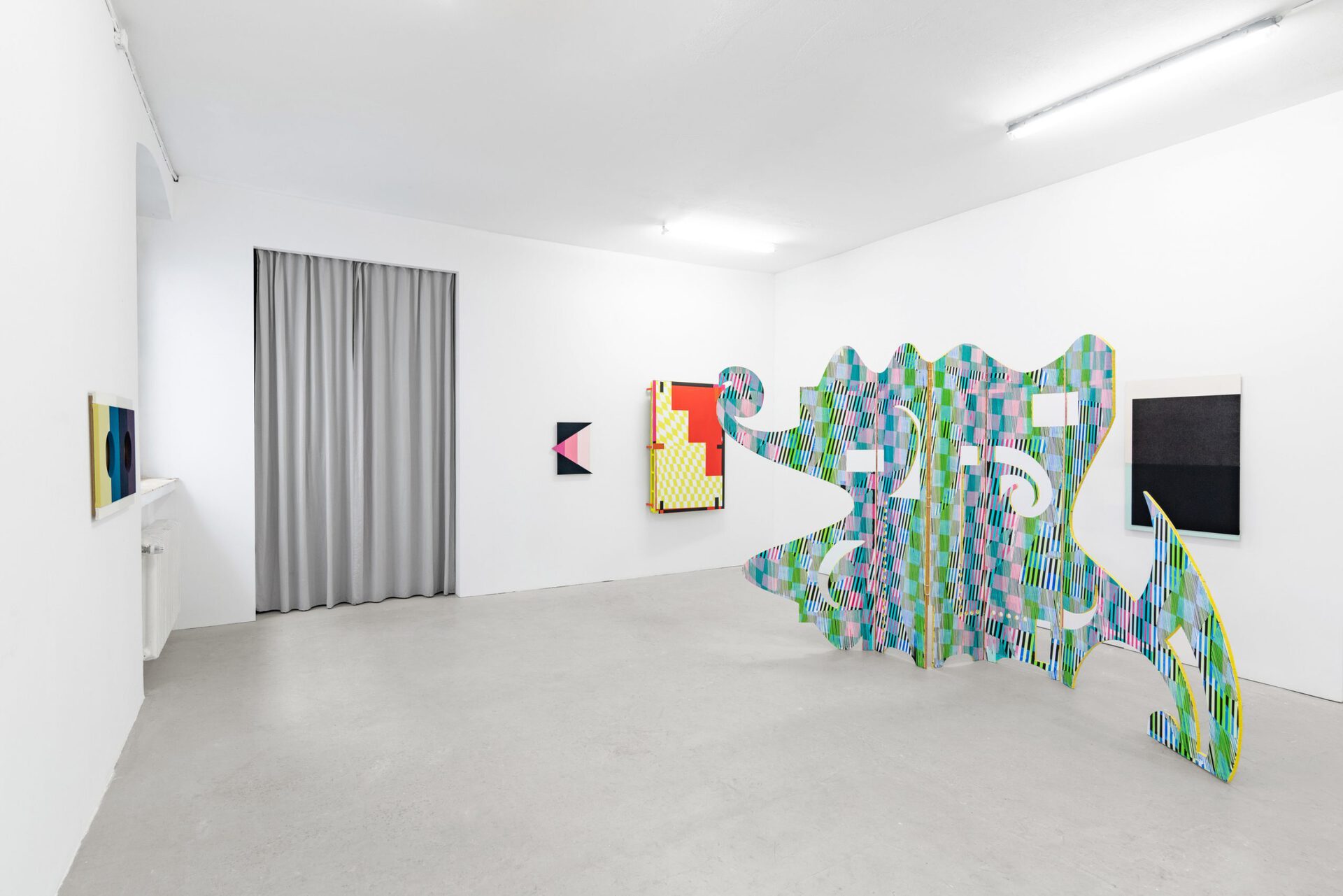
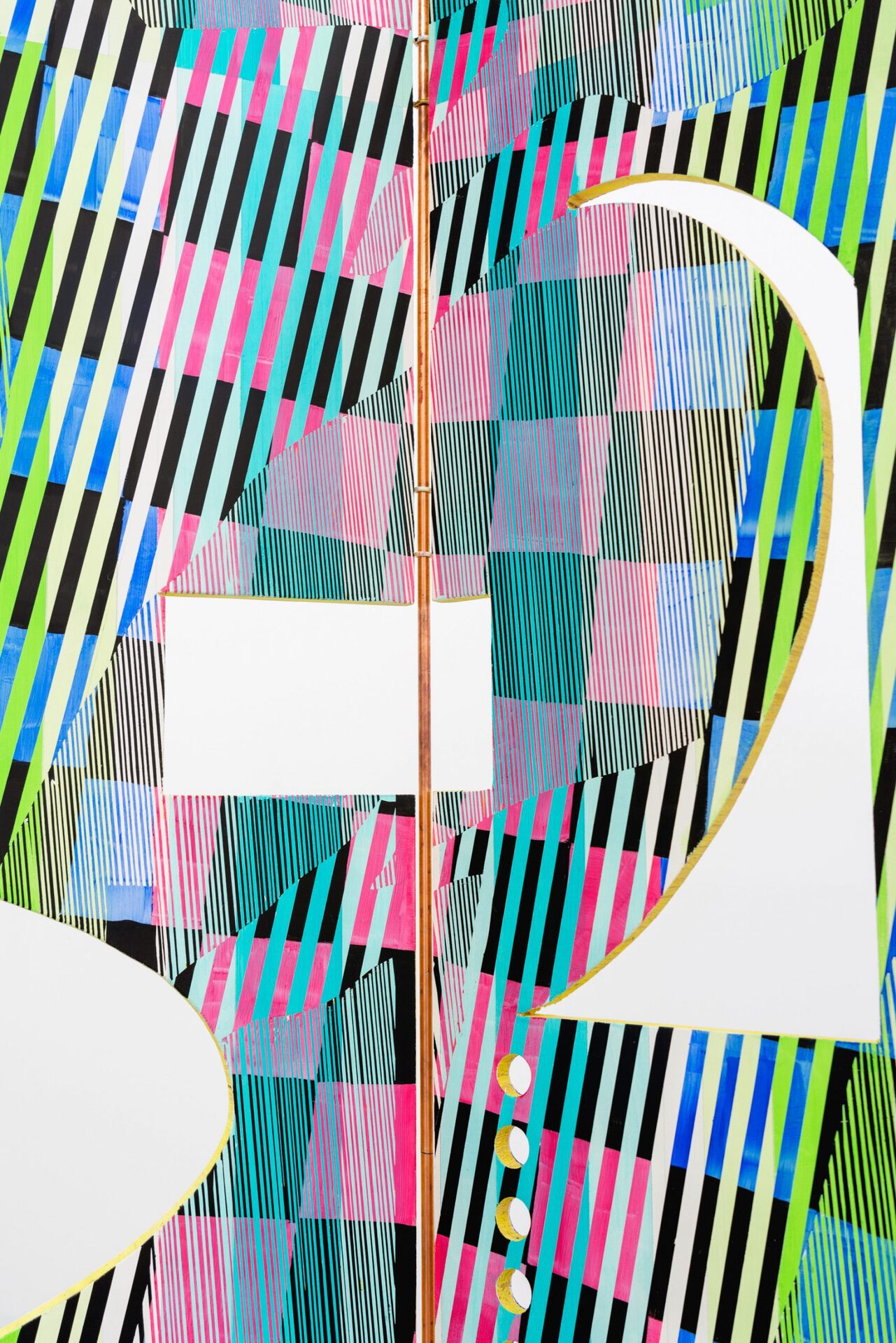
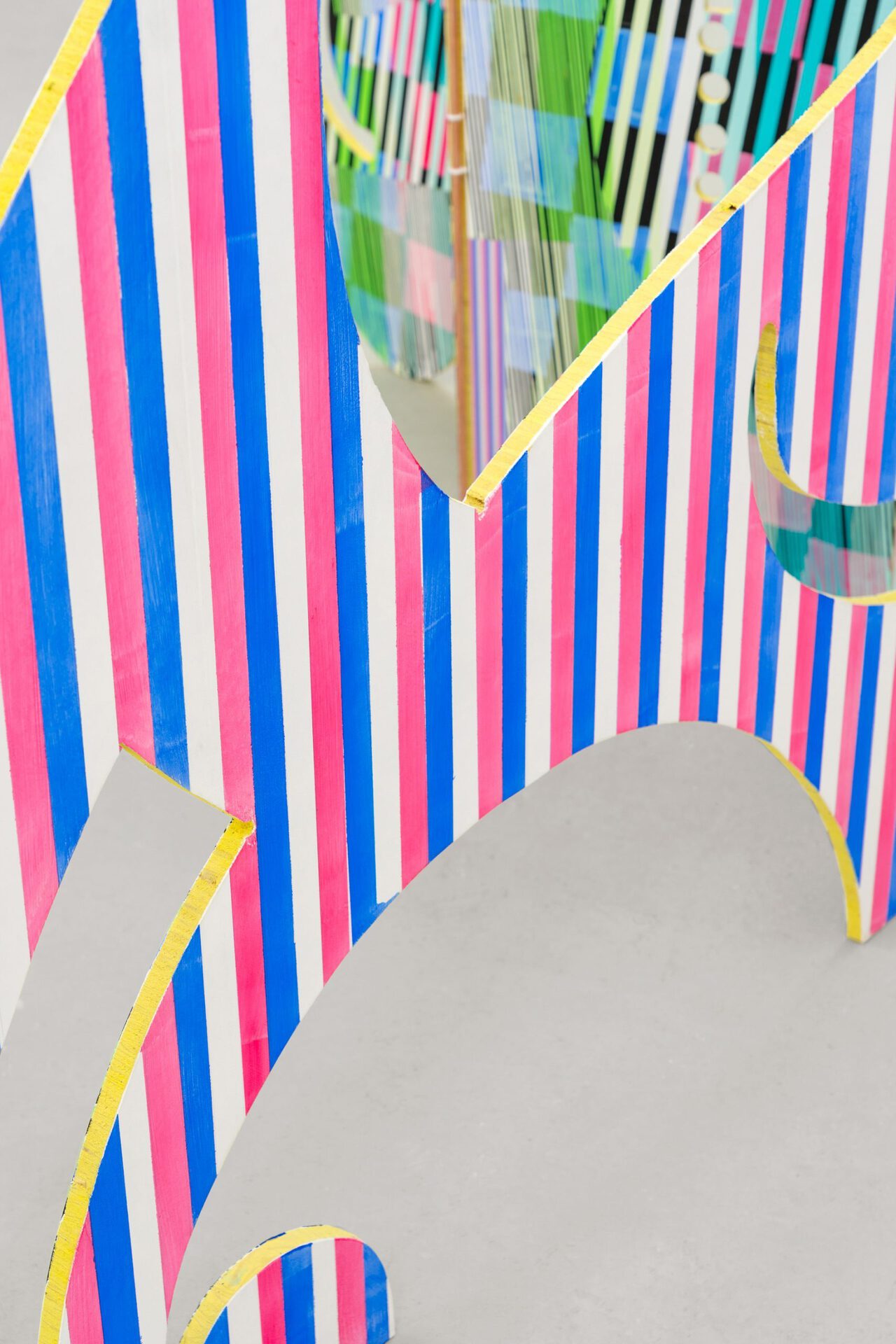
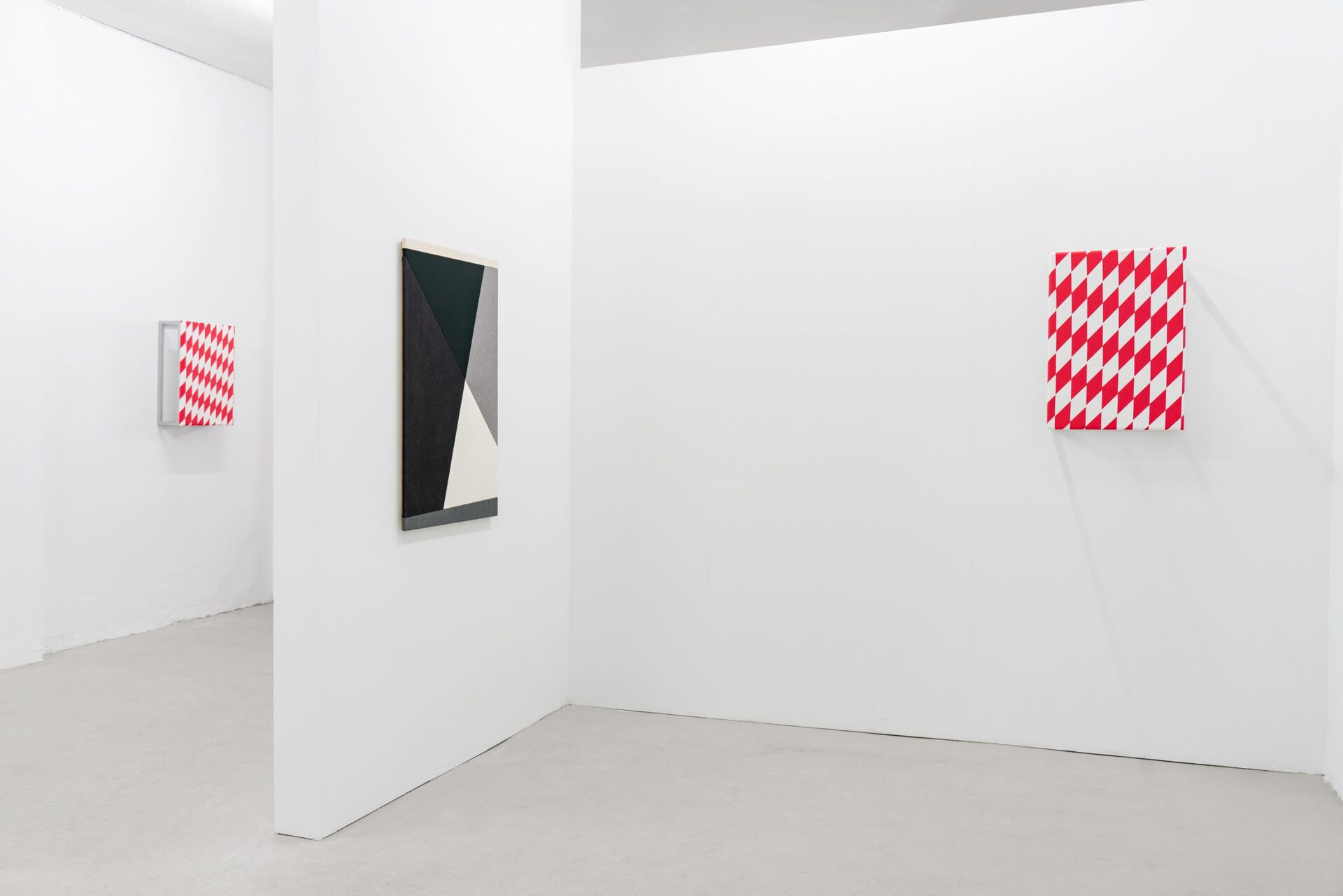
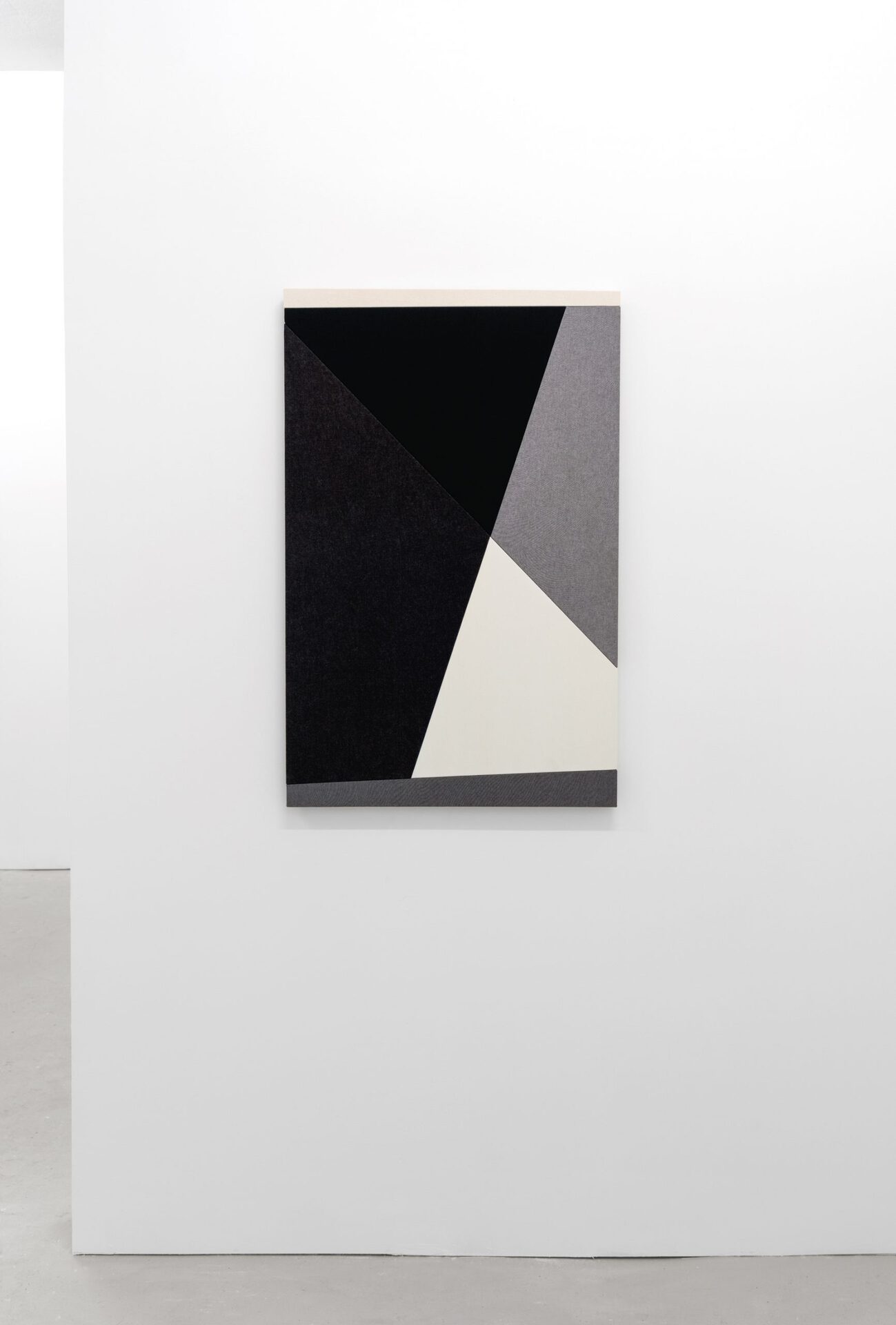

Location
ad/ad – Project SpaceDate
17.03 –02.04.2022Photography
Samuel HenneSubheadline
Christof John / Jonas Maas / Tobias MaringText
Simulation and the Real:
Thoughts on “Real Things, However Strange” by Christof John, Jonas Maas, and Tobias Maring.
Red pill or blue pill? This is the decisive question posed to the protagonist of the Wachowskis’ film The Matrix (1999). Thomas Anderson, aka Neo, picks the red pill and wakes up in a post-apocalyptic world populated by people subjugated by machines and exploited as energy sources. The world he once knew turns out to be one big simulation: the matrix. The film’s central motif is a philosophical questioning of reality. Can we trust our perceptions? Is human knowledge liable to be deceived? Is our environment just an illusion?
One of the philosophical approaches that had a major impact on The Matrix was Jean Baudrillard’s theory of simulation. For him, simulation is not the opposite of reality, but rather a concept for realizing the real. Simulation is not a kind of deception that can be clearly separated from reality. To the contrary, Baudrillard starts from the premise that we now live in a hyperreality. Humans are thus no longer capable of distinguishing between what is real and what is simulated: “The real does not efface itself in favor of the imaginary; it effaces itself in favor of the more real than real: the hyperreal. The truer than true: this is simulation.”
In his simulation theory, Baudrillard asserts that nothing real exists outside of medial sign systems any longer. Medial signs no longer refer to a referent, but only to other signs and thus become simulacra; reality exists only as a reflex to previously existing mediality.
Following this train of thought, we can start to see more than paintings and objects that are paintings in the works of Christof John, Jonas Maas, and Tobias Maring. Let’s assume we’re faced with the same decision as Neo but decided to take the blue pill. We would see paintings that thematized the medium of painting. The composition of colors and forms whose respective combinations on the flatness of the image carrier illustrated spaces. Layers that were superimposed and shifted as though digitally manipulated on a computer, giving rise to new spatial effects. Even without any classically perspectival imitations of nature, we would perceive depth and space. Spatiality would not only be created on the surface of the substrate, but also coalesce with the exhibition space we find ourselves in via the object-like character of the materials, the crops, and the three-dimensionality of the image carriers. Space is conceived and created multidimensionally. The works of the three artists present painting as an experimental field to reflect on painting and its conditions, limitations and possibilities. And to think about spatiality in many ways.
Let’s now assume that we took the red pill like Neo did: our perception would shift. We would understand the paintings and their object character as codes of a superordinate language: the language of painting. A painting that worked with signs and codes, thus questioning the “real” status of painting and of objects in general.
Unlike Neo in The Matrix, we don’t have to choose. John, Maas and Maring offer us the possibility of thinking about painting in general, about its simultaneous objecthood and sign-ness, about what is real in painting and its contemporary codes in particular. Their works encompass both levels. As the exhibition title cryptically promises: it’s about “Real Things, However Strange.” What is real and strange about things is up to us.
Benedikt Fahrnschon on occasion of the exhibition “Real Things, However Strange” by Christof John, Jonas Maas, and Tobias Maring,
ad/ad – Project Space, Hannover, 2022.
Benedikt Fahrnschon is an art historian and works as a curatorial assistent at the Sprengel Museum Hannover.
Benedikt Fahrnschon